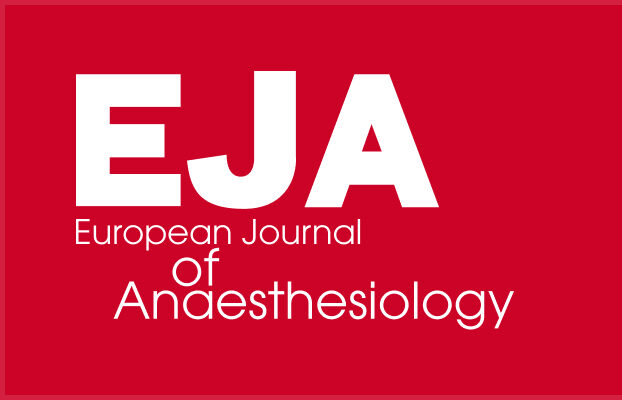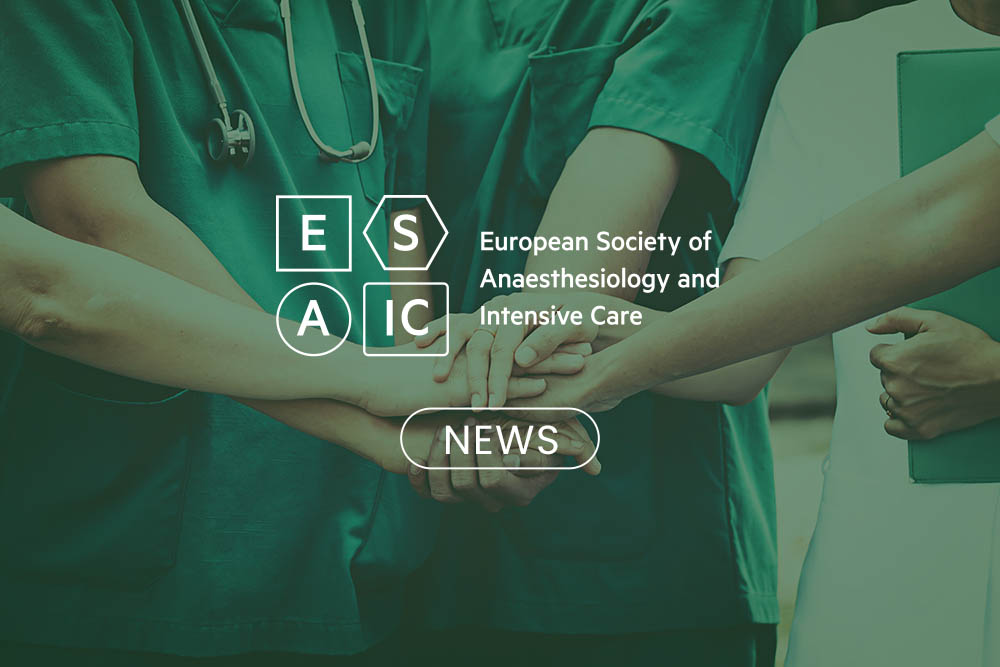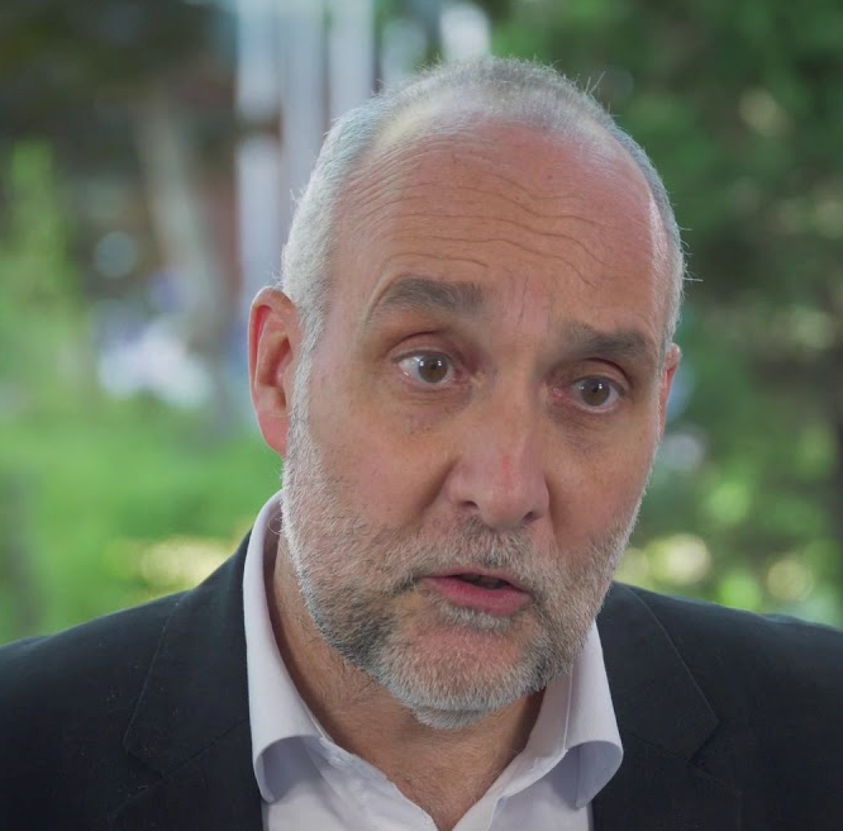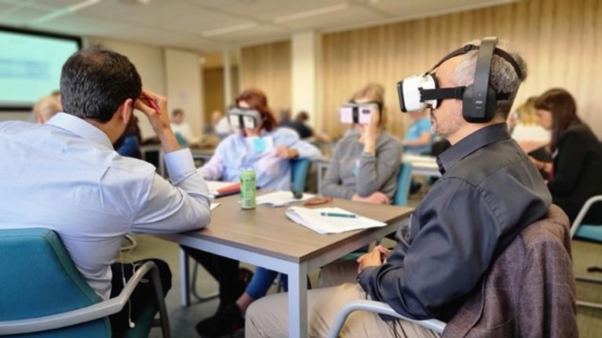Newsletter 2023
Failure to universally implement new technology: a safety threat?
Jan F.A. Hendrickx, Stefan De Hert, Andre M. De Wolf
When preparing for a lecture, “Using automation and advanced medical technology to enhance patient safety” presented at the “International Forum on Patient Safety” at the 2021 ISQ EASAIC/ASA Annual meeting [1], the first inclination of the presenter (JHX) was to inundate the audience with the latest wonders of sensors, artificial intelligence, ever more advanced wireless modes, and hopefully the literature to document they do improve some aspect of patient safety. Yet upon further dissecting the title, the word “Using” started to stand out: Are we really using existing technology that already does address safety issues facing the patient undergoing anaesthesia to the fullest extent? Are we? And because patient safety is universal, existing technology that addresses patient safety issues should be universally used, no? Is it?
A closer look at some of the existing technology contained in the intraoperative monitoring recommendations of, e.g. the WFSA-WHO may provide a few clues: pulse oximetry, capnography, hypoxic guard, end-expired agent monitoring, EEG or EEG-derived indices, and neuromuscular transmission monitoring.[2] For each of these, let us examine which patient safety issues are being addressed, whether the technology mitigating the risk has been universally implemented, and what might be some of the roadblocks preventing universal implementation.
Pulse oximetry has been widely implemented. The detection of hypoxemia and its effect on outcome seemed “self-evident” at the time it became an ASA monitoring standard but without proof of efficacy: “it was quickly recognized that there would never be a prospective, controlled, randomized, “p<0.05” clinical trial to test the efficacy of “safety monitoring” as embodied in the monitoring standards. The cohorts would require truly massive numbers to hope for meaningful statistics regarding very low-frequency events, but, more importantly, the “no monitoring” control group would be both unethical and impossible to [get] patient-informed consent [from]”.[3]
Capnography likewise became a monitoring standard without randomized studies having established “definitive proof” that its use impacts on patient outcomes. Despite the widespread endorsement of capnography as a mandatory perioperative monitor, rigorous data demonstrating its impact on patient outcomes are still limited. Still, the association between capnography use and a reduction in serious airway complications suggests that closing the capnography gap may represent a significant opportunity to improve patient safety.[4] Add to this the fact that continuous waveform capnography provides diagnostic clues to patient well-being and workstation functioning, and it is not surprising that the use of capnography is ubiquitous, at least in high-income countries.
“A device to prevent the delivery of a hypoxic gas mixture” or hypoxic guard is both a machine standard [5] and a recommended international standard.[2] A hypoxic guard progressively increases the lowest possible O2 concentration the anaesthesia provider can deliver in an O2/N2O mixture when the total fresh gas is lowered below 1 L/min, the idea being that the patient will receive at least 210 mL/min O2, which is above the average adult’s O2 consumption under anaesthesia (180 mL/min).[6] Unfortunately, this rationale fails to take into account mass balances of other gases in the circle breathing system at reduced fresh gas flows: the device does not prevent the development of inspired hypoxic mixtures resulting from the delivered (=common gas outlet) fresh gas flow or electronic mixture settings – and the risk is highest in the commonly used 1-2 L/min fresh gas flow range![7] Matters are worse still with O2/air mixtures (with the even less soluble N2) for which no hypoxic guard requirement exists, presumable because we think we are delivering 21% O2 anyhow. Fortunately, technology has provided a two-pronged solution here.[8] One is the active hypoxic inspired guard: if an inspired hypoxic mixture develops and the anaesthesia provider takes no appropriate action, the anaesthesia workstation will automatically increase O2 delivery in the common gas outlet to increase FIO2. The other solution is target-controlled carrier gas delivery: the anaesthesia provider sets (“targets”) for the inspired (or expired) O2 concentration, and the workstation will control the O2 and air flow meters to achieve that target. Why has this existing technology that mitigates the risk of an important patient safety issue, an inspired hypoxic mixture, not been universally implemented? First, the threat may be perceived as a non-issue. But then why should a hypoxic guard be both a machine standard and be recommended as an international standard? Second, workstations with automated target-controlled delivery may be deemed too expensive. Finally, one cannot escape the impression that technology is passing us by at lightning speed, making some of our standards not up to date – some technology simply has surpassed and outdated existing standards.
End-expired agent monitoring mitigates the risk of intraoperative awareness. [9] Even though proof of 100% effectiveness may never be obtained, end-expired agent monitoring technology with a lower alarm limit set at 0.7 MAC (0.5, according to other authors) is our single best line of defence against awareness. Few clinicians, however, can be seen to consistently do so, even though the technology is right at their fingertips: because it is a machine standard (ISO norm), the end-expired agent monitoring is de facto available to the clinician.[10] So what are the roadblocks here that cause the implementation of existing technology that addresses a well-recognized patient safety threat? Some may demand still larger prospective studies to provide more conclusive scientific proof for end-expired agent monitoring to qualify as a standard. But if the lack of such “absolute proof” prevents end-expired agent monitoring from becoming a monitoring standard, it is unlikely that end-expired agent monitoring with set lower alarm limits will find wide and consistent implementation. Fortunately, the number of national societies that have made and are making end-expired agent monitoring an intraoperative monitoring standard has been steadily increasing, only recently to include the UK and Ireland.[11] And modern technology has already surpassed these new nationally implemented standards: automated target control allows the clinician to target the end-expired concentration directly by having the workstation take care of the delivery aspects of the agent to reduce the incidence of underdosing. Costs, national regulations and possibly a feeling of lack of control and Luddism may prove to be roadblocks to its more widespread implementation.
EEG or EEG-derived indices may mitigate the risk of awareness when total intravenous anaesthesia with neuromuscular blocking agents is used, a technique associated with a higher incidence of awareness.[12,10] While “conclusive” studies on the effectiveness in reducing the incidence of awareness are lacking, some national societies nevertheless proceeded to make the use of these devices a standard when TIVA with muscle relaxants is used. Lacking “conclusive” studies, designating a piece of equipment as a “monitoring standard” then becomes a judgment call, based on expert opinion using the limited amount of scientific evidence that is available (which is not unlike the course of action taken with the introduction of pulse oximetry in the first ASA intraoperative monitoring standards).
Muscle relaxants display the largest pharmacokinetic and pharmacodynamic variability of all drugs used in the anaesthetic drug armamentarium, making their duration of action impossible to predict.[13] Even though an incomplete reversal of the effects of muscle relaxants increases the risk of postoperative residual curarization and adverse respiratory events in the PACU[14], neuromuscular transmission monitoring is not routinely used in individual patients and is unlikely to happen if not mandated by (inter)national standards. Fortunately, recently published guidelines by ESAIC state one should “… continue quantitative monitoring of neuromuscular blockade until a TOF ratio of more than 0.9 has been attained” [15], and the AAGBI 2021 new monitoring recommendations state that “A quantitative neuromuscular blockade monitor should be used whenever NMB drugs are administered”.
From the above review, it is clear that existing technology that has addressed several patient safety issues is not being universally used. This raises the question of whether we need new, more advanced technology before we have even adopted the old. And what should be the pace of change? National societies differ in the pace at which they incorporate existing technology in their standards, historically shown to be an efficient means to ensure consistent implementation. Standards were a vital component in reducing anaesthetic mortality in the 70s.[16] To the best of our knowledge, there has never been a comparison of the monitoring standards of the different European national societies. It is unclear to what extent published guidelines ESAIC are being or have been incorporated into national monitoring standards. No universal criteria designate when a monitor ought/should/has to become a monitoring standard.
To summarize, automation and advanced medical technology will not be able to universally improve patient outcomes if they can or will not be universally implemented. Only if a technology has been designated as a standard, its use will become consistent. International standards will therefore be crucial to help minimize patient risks. Cost remains a barrier (e.g., obtaining target control agent and carrier gas delivery, for which regulatory issues further complicate matters). The anaesthesia community as a whole seems to be outpaced by recently developed technology that addresses patient safety issues, some superseding standards. Unfortunately, lack of knowledge has become a barrier to the implementation of new technology that helps mitigate anaesthetic risk.
References
- Hendrickx JFA. Using automation and advanced medical technology to enhance patient safety. International forum on perioperative safety and quality (ISQ meeting). Virtual meeting, October 8, 2021. Jointly organized by ASA and ESAIC
- Gelb AW, Morriss WW, Johnson W, et al. Can J Anaesth 2018;65:698-70
- Eichhorn JH. ASA 1986 Monitoring Standards Launched New Era of Care, Improved Patient Safety. APSF Newsletter, Volume 35, October 2020
- Wollner E, et al. Brit J Anaesth 2020;125:e88-e103
- ISO 80601-2-13:2022
- De Cooman S, et al. BMC Res Notes 2014;7:469
- 7. De Cooman S, et al. J Clin Monit Comput 2014;29:491-7
- Hendrickx JF, et al. Eur J Anaesthesiol 2015;32:371-3
- Avidan MS, et al. N Engl J Med 2011: 365:591-600
- Hendrickx JFA, et al. Eur J Anaesthesiol 2020:521-610
- Klein AA, et al. Anaesthesia 2021;76:1212-1223
- Pandit JJ, et al. NAP5 Steering Panel https://www.nationalauditprojects.org.uk/NAP5report#pt
- Katz RL Anesthesiology 1967;28:327-36
- Murphy GS, et al. Anesthesiology 2008;109:389-98
- Fuchs-Buder T, et al. Eur J Anaesthesiol 2023;40:82-94
- Bainbridge D, et al. Lancet 2012;380:1075-81
[maxbutton id=”1″ url=”https://www.esaic.org/newsletter/” text=”Read the Newsletter”]










